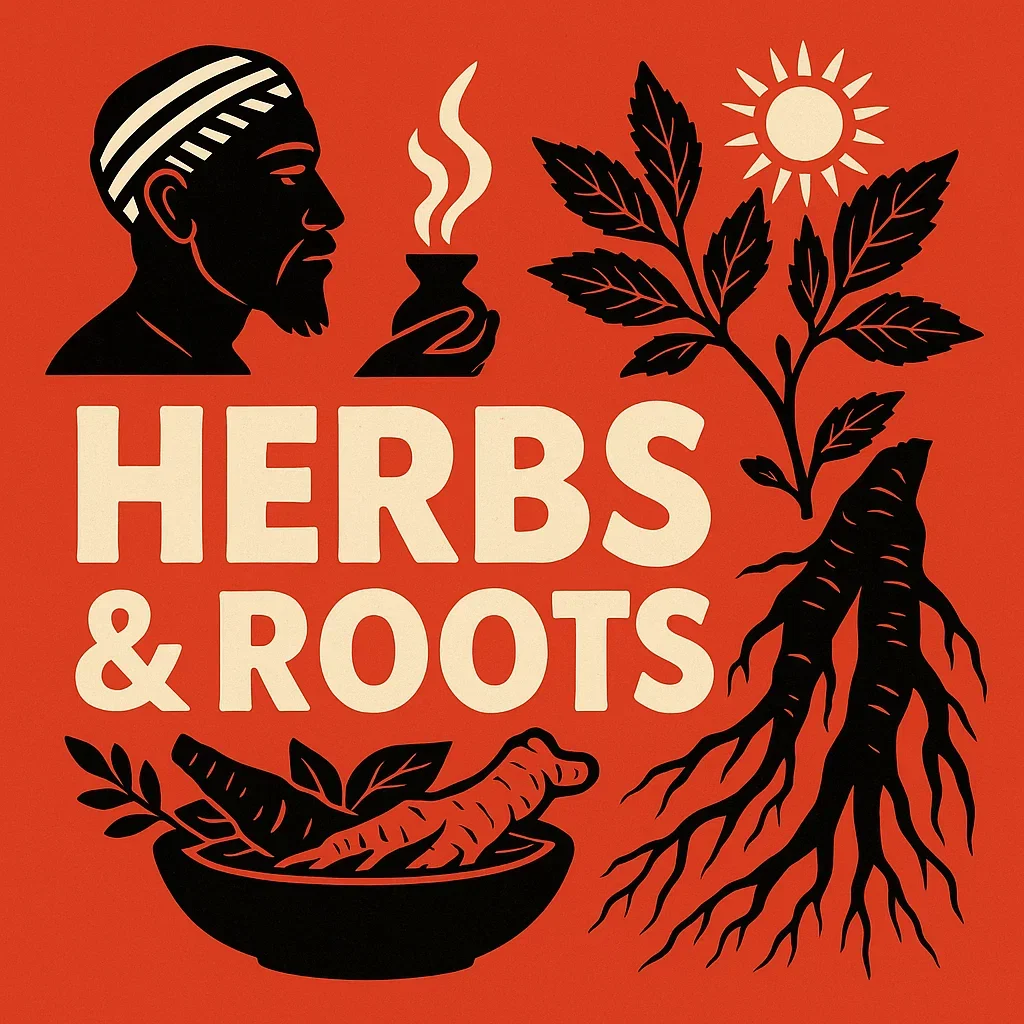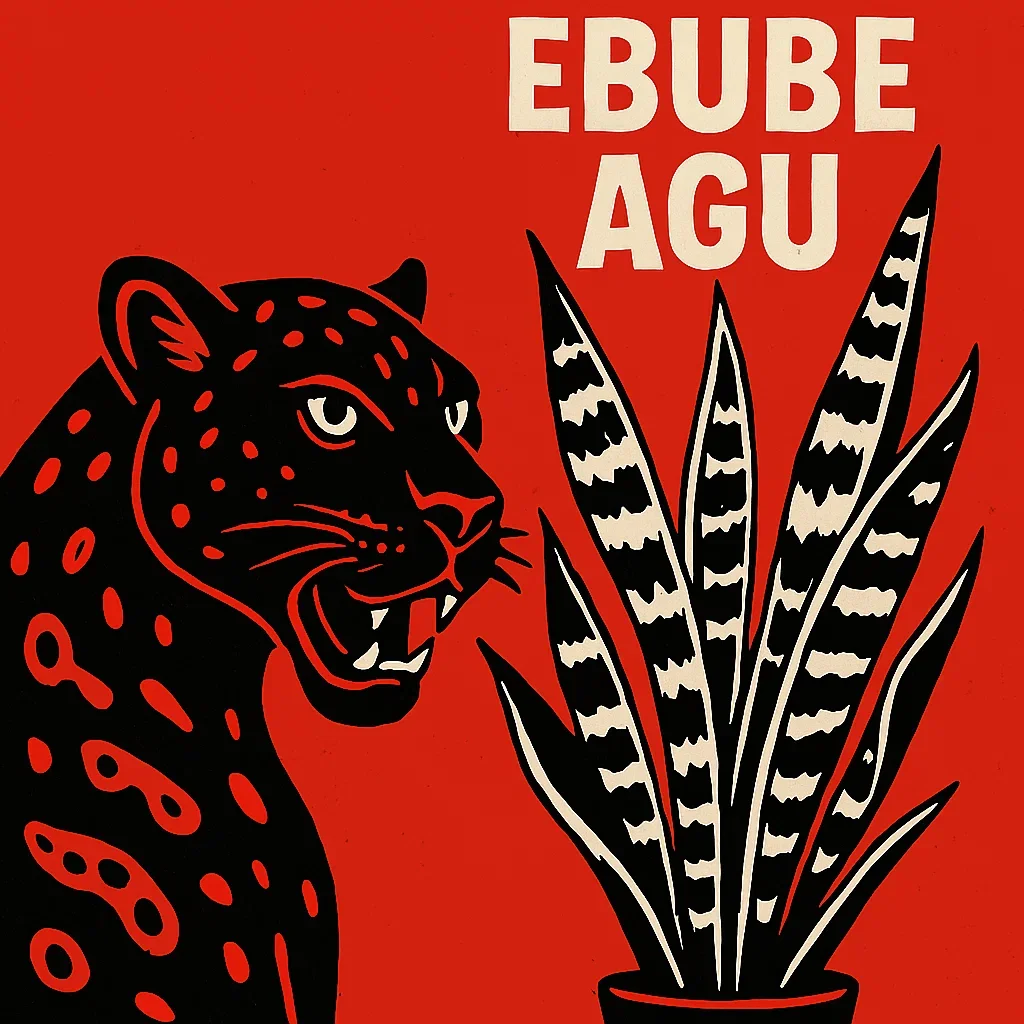17 Traditional Plant Medicines and Some of Their Uses by Traditional Healthcare Practitioners
This post is set to “Public View,” so anyone with a link can view it. Feel free to share it with others.
In Igbo traditional medicine, various plants are used for their healing properties and dietary benefits. See a compilation of some plants, their local and English names, botanical names, and their therapeutic uses below:
Akidi/Agwa (Cowpea)—Vigna unguiculata
The oil from cow pea is used as an ingredient in poultices, while the leaves can serve as a mild laxative.
Ose-Oji (Alligator Pepper)—Aframomum melegueta
The seeds of alligator pepper are used for treating coughs, aiding indigestion, and as an ointment for fractures.
Nkwuaba (Pineapple)—Ananas comosus
Pineapple juice is known for its use as a laxative, and it is also used in the treatment of arthritis and venereal diseases (sexually transmitted ailments).
Mbukpa (Paw-Paw)—Carica papaya
The juice from paw-paw is used in wound dressing. Its leaves are effective in treating fevers and are also used in malaria steam therapy. It can serve as a vitamin supplement as well.
Ukwu Nkwu (Oil Palm Tree)—Elaeis guineensis
The root decoction of the oil palm tree is an analgesic (pain reliever), while the leaves have antibacterial properties. Palm oil is used as an antidote for poisons and in post-partum treatments.
Aku-bekee (Coconut Seed)—Cocos nucifera
The juice from coconut seeds is traditionally used as an antidote for poisoning.
Uziza (Guinea Pepper/Black Pepper)—Piper guineense
Uziza leaves, when mixed with palm oil and plantain, are used in treating epilepsy. The seeds are used for stomach ailments, and they have antimicrobial and anti-diarrheal properties.
Udara (Star Apple)—Chrysophyllum africanum
The juice of star apple is used as an anti-emetic (a drug that is effective against vomiting and nausea) and to treat diarrhea.
Oroma (Orange)—Citrus sinensis
Orange leaves are used to treat fever, while the fruit juice serves as a natural laxative (medicine that can treat constipation).
Oroma Nkirisi (Lime)—Citrus aurantiifolia
Lime juice is used for various remedies as a carminative (A herb that prevents gas buildup in the digestive tract or helps expel it) and tonic.
Ona (Three-Leafed Yam)—Dioscorea dumetorum
This plant is very effective in treating fever and diabetes.
Nturukpa—Pterocarpus santalinoides
The leaves of Nturukpa are effective as anti-diarrheal and abortifacient remedies.
Egbu—Alstonia boonei
Both the bark and leaves of Egbu are used in the treatment of gonorrhea, malaria, rheumatic pains, snake bites, and more.
Ogwuakon (Neem)—Azadirachta indica
Neem's stem, bark, root, and leaves are all used in treating malaria.
Ahihara (Nalta jute/Vegetable)—Corchorus olitorius
This vegetable is recommended for treating malnutrition and acts as a mild laxative when half-boiled.
Inine Oji (Samaranth/Vegetable)—Amaranthus viridis
The leaves are highly effective as a purgative, while the tender shoots are used to remedy coughs.
Okpete-Ohia (Ginger Lily)—Ginger officinale
The seeds of ginger lily are commonly used to treat coughs, colds, and inflammation.
These plants demonstrate the depth of traditional knowledge in using nature for health and wellness. Coming into the knowledge of these natural remedies not only connects us with our indigenous knowledge but also provides alternative solutions for various ailments.
Please consult a medical professional or licensed herbalist before using any natural remedies, especially for serious symptoms. This post is not medical advice. Dalu!
Reference Material:
Traditional Healing Systems Among Nsukka Igbo by Emeka E. Okonkwo, Ph.D
Commonly Asked Questions
-
Yes, traditional plant medicines remain highly effective when properly used. Many modern pharmaceuticals are actually derived from compounds originally found in plants. Traditional healers have passed down generations of intuitive and experiential knowledge about how specific plants support the body, mind, and spirit. Their efficacy, especially when sourced and administered responsibly, is still highly regarded in many cultures.
-
In many cases, yes, but with caution. Some plant medicines can complement modern treatments, while others may interact negatively with pharmaceutical drugs. It’s important to consult both a qualified healthcare provider and a knowledgeable traditional healer before combining remedies, especially for chronic or serious conditions.
-
Traditional methods vary by plant and purpose but often include decoctions (boiling), infusions (steeping), powders, pastes, or tinctures. Some may be applied externally, while others are taken internally. The spiritual aspect is also key, many traditions include prayers, chants, or rituals as part of the preparation and use, recognizing that the plant’s also possess Chi (lifeforce energy).
-
Traditional plant medicines have been used to treat a wide range of conditions, including digestive issues, skin ailments, respiratory problems, fevers, infections, and even spiritual imbalances. In many systems of traditional medicine, healing is not just physical, plants are also used for emotional support, protection, and spiritual cleansing.







